Have you ever seen a photo or video where someone's face has been swapped with someone else's? It's a fun and sometimes mind-boggling effect, and it's all thanks to a type of artificial intelligence (AI) called "face swap."
Let's dive in and understand how this technology works!
What is Face Swap?
Face swap is a technique that uses AI to detect and replace faces in images or videos with different faces. It's like cutting out one face and pasting another one on top of it, but much more advanced and realistic.
AI face swap uses a type of AI called deep learning, which is inspired by how the human brain works. Deep learning uses many layers of artificial neurons, called neural networks, to learn from data and make predictions. For example, a neural network can learn to recognize faces by looking at many examples of different faces and finding patterns and features that distinguish them.
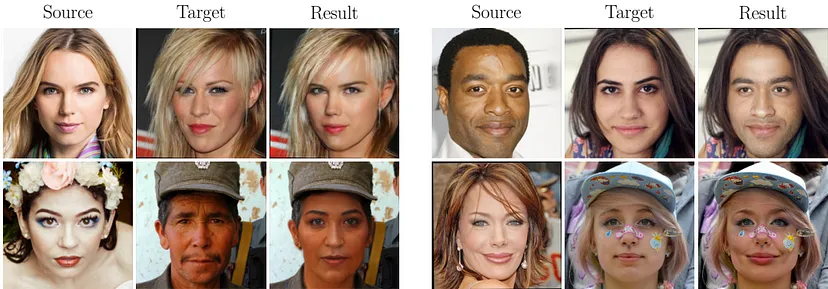
To perform face swap, a neural network needs two inputs: a source image and a target image.
The source image is the one that contains the face you want to replace, and the target image is the one that contains the face you want to use instead. The neural network then analyzes both images and tries to find the best way to blend the target face onto the source face, while preserving the original pose, expression, lighting, and background.
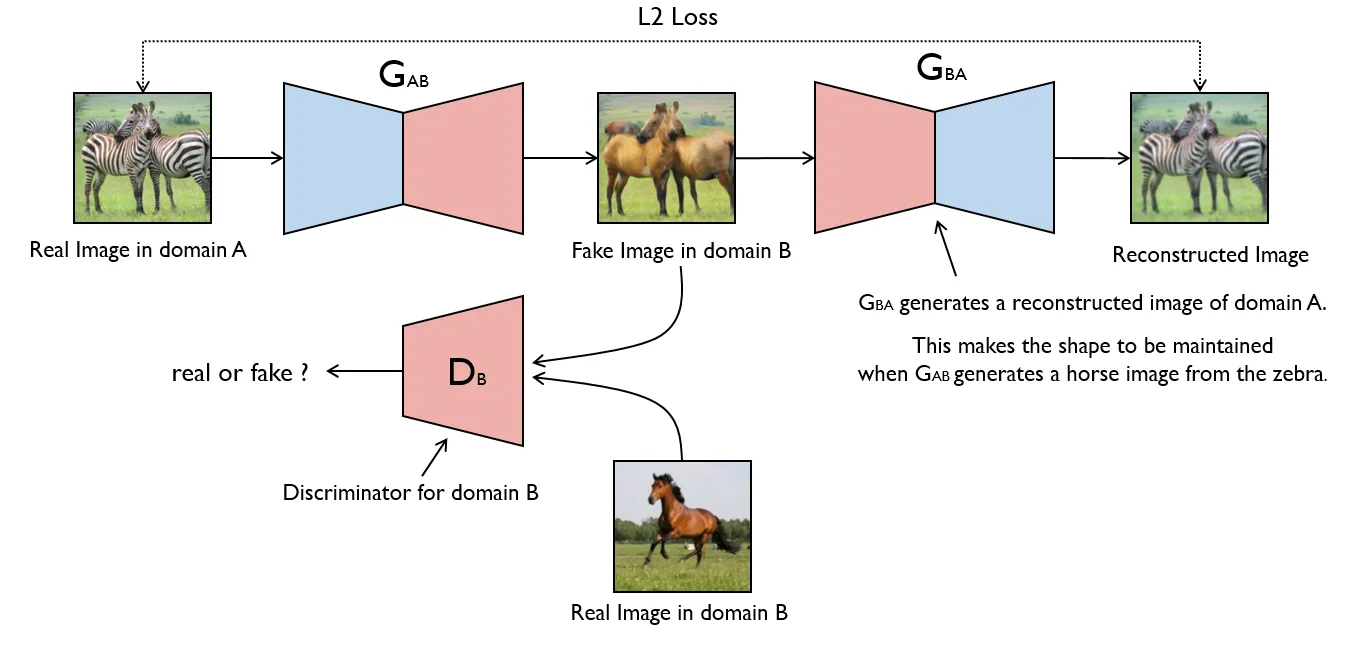
There are different methods of doing face swap with AI, but one of the most popular ones is called generative adversarial network (GAN). A GAN consists of two neural networks that compete with each other: a generator and a discriminator. The generator tries to create realistic face swaps, while the discriminator tries to tell apart real images from fake ones. The generator learns from the feedback of the discriminator and improves its output over time, until it can fool the discriminator and produce convincing face swaps.
There are lots of research papers about the science of face recognition, facial landmarks and face swap. You can read more about face swapping if you really want to get into the technical details of AI face swapping. But this goes a bit outside the scope of this article.
How Does Face Swap Work?
Face swap relies on several key steps:
- Face Detection: The AI first needs to locate and identify the faces in the image or video. It does this by looking for specific patterns and features that define a human face, like eyes, nose, and mouth.
- Facial Landmark Detection: Once the faces are detected, the AI identifies key points on each face, such as the corners of the eyes, the tip of the nose, and the edges of the lips. These points are called facial landmarks.
- Face Swap Algorithm: The AI then uses a complex algorithm to swap the faces. It maps the facial landmarks from one face onto the other face, essentially wrapping one face onto the other like a digital mask.
- Blending and Adjustments: The swapped face is then blended and adjusted to match the lighting, color, and other properties of the original image or video. This makes the face swap look more natural and seamless.
Visual Aids
To better understand the process, let's look at some visual examples:
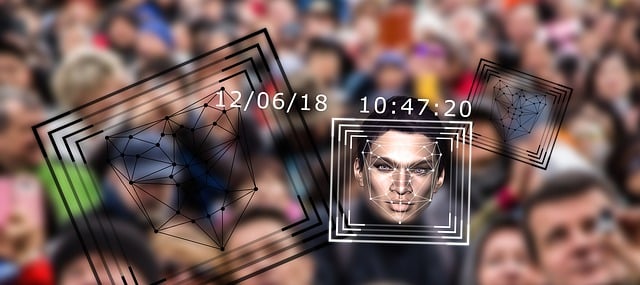 The AI first detects the faces in the image.
The AI first detects the faces in the image.
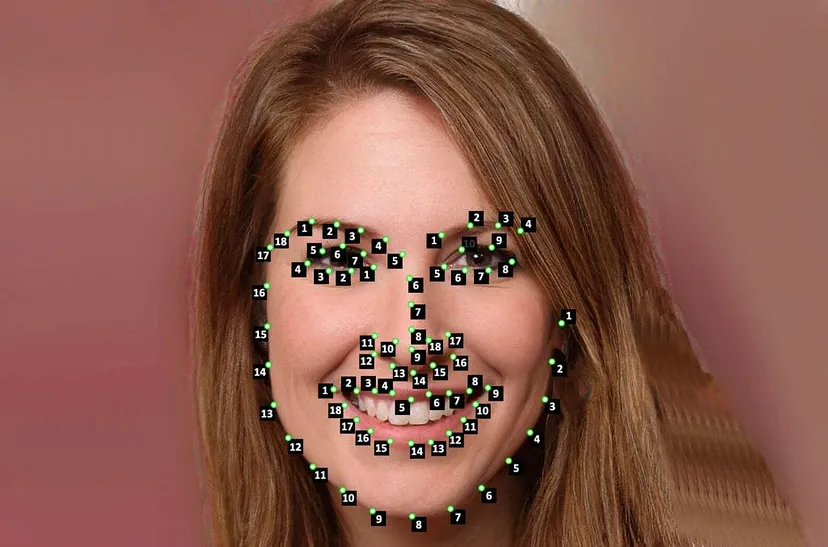
It then identifies key facial landmarks on each face.
 The faces
are swapped, and adjustments are made to blend them seamlessly.
The faces
are swapped, and adjustments are made to blend them seamlessly.
Real-World Applications
Face swap technology has many practical applications beyond just creating funny memes or videos:
- Entertainment: Face swap is used in movies and TV shows to create special effects or to digitally change an actor's appearance.
- Privacy Protection: Face swap can be used to anonymize faces in images or videos, protecting people's privacy.
- Facial Recognition: The same techniques used for face swap can also be used to improve facial recognition systems, which have applications in security and law enforcement.
Deepfakes and Risks of AI Face Swap
I face swap also has some challenges and risks, such as:
- Quality: Sometimes the face swaps may look unnatural, distorted, or blurry due to poor quality of the input images, lack of data, or errors in the neural network. The face swaps may also not match the original context, style, or mood of the images or videos.
- Ethics: Some people may use face swap for malicious purposes, such as creating fake news, spreading misinformation, impersonating others, or violating privacy. The face swaps may also harm the reputation, dignity, or consent of the people involved.
- Responsibility: It may be hard to tell whether an image or a video is real or fake when using face swap. This may affect how we trust and communicate with each other online. It may also raise questions about who owns and controls the data and the technology behind face swap.
As AI technology continues to advance, face swap will become even more realistic and seamless, opening up new possibilities for creative expression, entertainment, and practical applications.
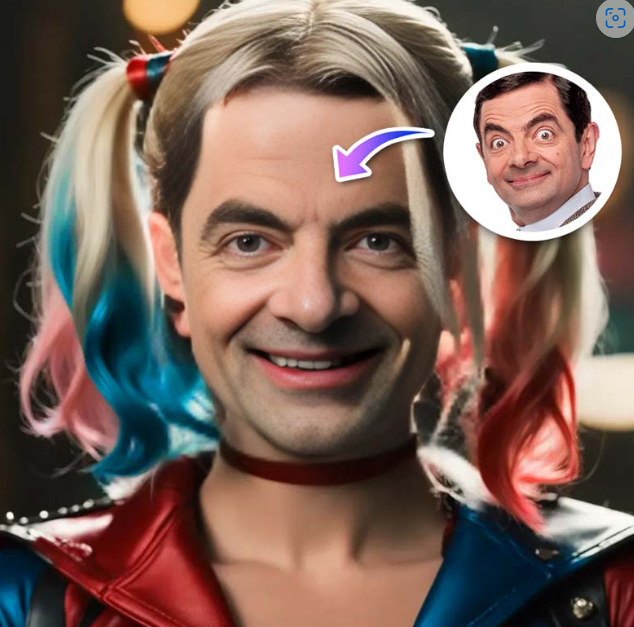 If you want to try AI face swap yourself, you
can use some online tools that are free and easy to use. I'm using MockoFun to do face swap online because it's free and it works like a charm.
If you want to try AI face swap yourself, you
can use some online tools that are free and easy to use. I'm using MockoFun to do face swap online because it's free and it works like a charm.

